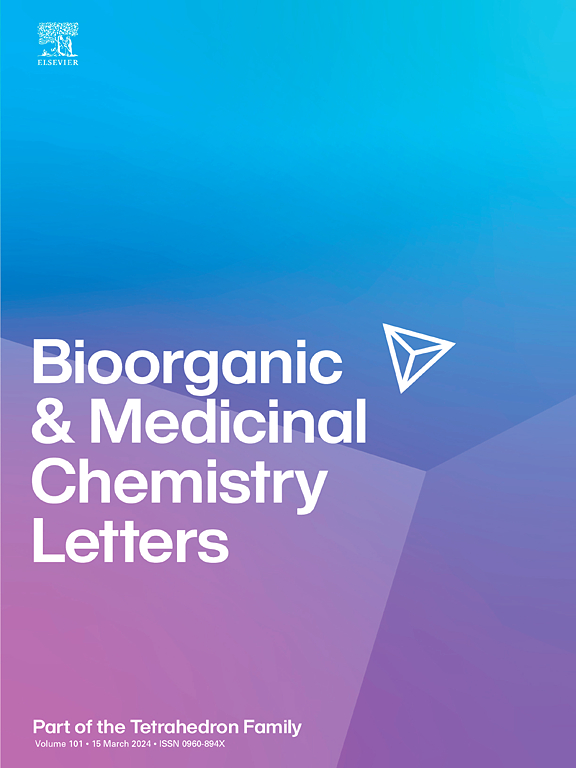创新合成策略在抗癌药物发现中的应用:新化学反应的驱动力。
IF 2.5
4区 医学
Q3 CHEMISTRY, MEDICINAL
引用次数: 0
摘要
发现新的抗癌药物仍然是药物化学的关键目标,创新的合成方法在推进这一领域发挥着关键作用。最近在CH活化反应、环化反应、多组分反应、交叉偶联反应以及光催化和电催化反应方面的突破,使得高效合成具有强大生物活性(包括抗癌特性)的新型分子支架成为可能。这些方法促进了天然产物的功能化,生物活性分子的修饰,以及全新化合物的产生,其中许多化合物具有很强的抗肿瘤活性。本文综述了近五年来用于发现抗癌药物的最新合成策略,重点介绍了它们对药物设计的影响。此外,还强调了新化学反应在扩大化学空间和克服耐药性和选择性等挑战方面的作用,进一步强调了发现新反应作为未来药物开发的关键趋势的重要性。本文章由计算机程序翻译,如有差异,请以英文原文为准。

Applications of innovative synthetic strategies in anticancer drug discovery: The driving force of new chemical reactions
The discovery of novel anticancer agents remains a critical goal in medicinal chemistry, with innovative synthetic methodologies playing a pivotal role in advancing this field. Recent breakthroughs in C![]() H activation reactions, cyclization reactions, multicomponent reactions, cross-coupling reactions, and photo- and electro-catalytic reactions have enabled the efficient synthesis of new molecular scaffolds exhibiting potent biological activities, including anticancer properties. These methodologies have facilitated the functionalization of natural products, the modification of bioactive molecules, and the generation of entirely new compounds, many of which demonstrate strong antitumor activity. This review summarizes the latest synthetic strategies employed over the past five years for discovering anticancer agents, focusing on their influence on drug design. Additionally, the role of new chemical reactions in expanding chemical space and overcoming challenges, such as drug resistance and selectivity, is highlighted, further emphasizing the importance of discovering novel reactions as a key trend in future drug development.
H activation reactions, cyclization reactions, multicomponent reactions, cross-coupling reactions, and photo- and electro-catalytic reactions have enabled the efficient synthesis of new molecular scaffolds exhibiting potent biological activities, including anticancer properties. These methodologies have facilitated the functionalization of natural products, the modification of bioactive molecules, and the generation of entirely new compounds, many of which demonstrate strong antitumor activity. This review summarizes the latest synthetic strategies employed over the past five years for discovering anticancer agents, focusing on their influence on drug design. Additionally, the role of new chemical reactions in expanding chemical space and overcoming challenges, such as drug resistance and selectivity, is highlighted, further emphasizing the importance of discovering novel reactions as a key trend in future drug development.
求助全文
通过发布文献求助,成功后即可免费获取论文全文。
去求助
来源期刊
CiteScore
5.70
自引率
3.70%
发文量
463
审稿时长
27 days
期刊介绍:
Bioorganic & Medicinal Chemistry Letters presents preliminary experimental or theoretical research results of outstanding significance and timeliness on all aspects of science at the interface of chemistry and biology and on major advances in drug design and development. The journal publishes articles in the form of communications reporting experimental or theoretical results of special interest, and strives to provide maximum dissemination to a large, international audience.

 求助内容:
求助内容: 应助结果提醒方式:
应助结果提醒方式:


